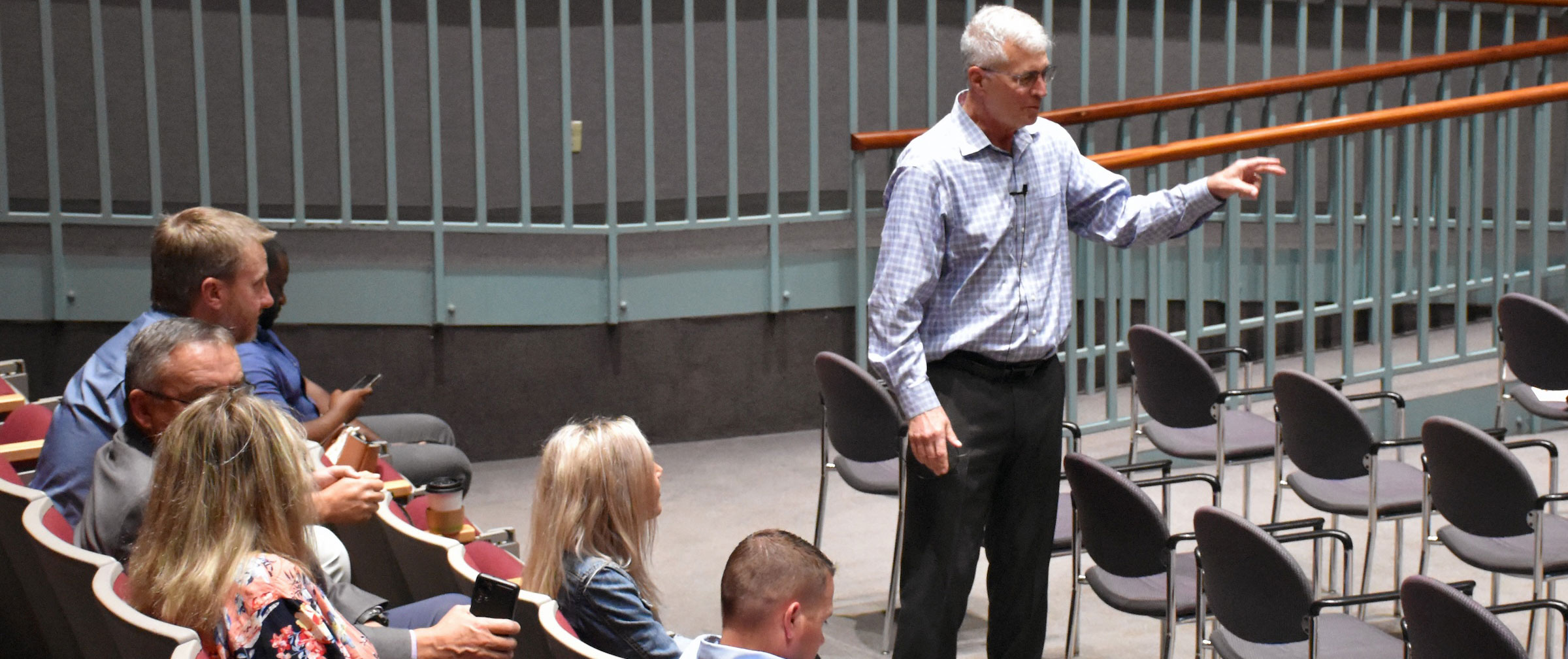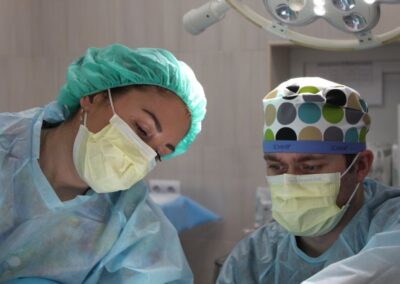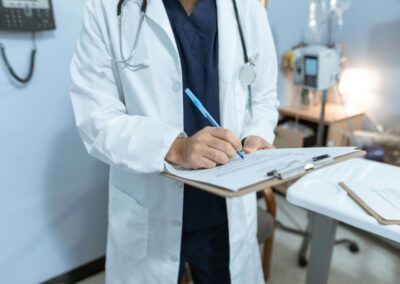Very early on in my career I was taught that there is both a science of medicine and an art of medicine. The science of medicine is relatively straight forward. It involves the ability to do a comprehensive history and physical exam, develop a differential diagnosis, determine the actual diagnosis through appropriate testing, and then treat and monitor accordingly. It may involve mastering the certain techniques such as an interventional procedure or surgery. It involves successfully passing the medical school exams and the certification and recertification of the specialty boards. Just out of residency, one is well trained in the science of medicine.
The art of medicine, on the other hand, is typically defined in more “loosey-goosey” terms and is much less straight forward. It is learned over a long period of time and involves good bedside manner, communication skills, listening, empathy and the ultimate development of sound medical judgment. I recall minimal training on the art of medicine, and we were told that the art would be learned as we mature in the field.
Going into practice, I was amazed to encounter the occasional physician that patients absolutely love, but clinically I wouldn’t send my worst enemy. Despite numerous medical mishaps, that physician never seemed to get sued. In my mind, that physician must have mastered this elusive art— even if NOT the science!
I was speaking in Fargo, North Dakota, last week and visited the office of Dr. Jim Frisk, an otolaryngologist that has been practicing in Fargo for almost 40 years. Although 75 years old, he has a busy and successful practice. His ratings on social media rating sites are outstanding. I was immediately impressed by his calm demeanor and how well he related to his patients. It was clear to me that he had mastered the art of medicine (and seemed very well versed on the science as well). While discussing the art of medicine he simply said: “I simply respect and treat every patient as an individual.”
Mastering the science of medicine, if anyone actually can master it, requires many hours, but its progress can be somewhat be defined and measured. But wrapping ones arms around the art of medicine is different. I have seen several descriptions in the literature of this art, none of them particularly inspiring. The best comes many years ago from Dr. Osler, “the practice of medicine is an art based on science”. But after discussions with Dr. Frisk and other long term successful physicians, the definition of the art became much more clear, and almost too simplistic to me. The key to what folks are calling the art of medicine can be boiled down into a single statement:
Recognizing and respecting the individuality of the patient– both clinically and as a person
At first, respecting the clinical individuality of a patient seems like just another way to define the science of medicine. But it goes farther than that. A patient is not simply a protocol. For a given disease, an individual patient may respond very differently. Ultimately the physician acquires clinical judgment, and the ability to listen to the “voice in the back of their head” that cannot be explained, which leads to the proper diagnosis despite the ostensible symptoms. Clinical judgment is part of the art, not the science of medicine. It is impossible to teach every conceivable permutation of a patient’s response to a disease. Clinical judgment requires the science (knowledge) but is inspired by recognizing and respecting the individuality of the clinical presentation of the patient.
Respecting the patient as a unique person is the other component of the art. It requires listening, empathy, valuing the physician-patient interaction– basically giving the patient the respect as a person that is intrinsically deserved. It is that respect for the patient that drives what is otherwise called “good bedside manner”. Listening to the patient and relating to their needs is a manifestation of acknowledging respect, not an “art”. Other tactics such as eye contact, touching the patient, etc., simply follow. All of the previously described techniques of the art of medicine naturally follow the recognition and respect of the patient as an individual.
Does the caregiver today really take the effort to value and respect that patient first as an individual and second, as one that now has a medical condition for which that person seeks care?
Excelling in the art of medicine should not really be that complex. It is not some esoteric concept. It boils down to addressing a simple question: Do you recognize and respect the patient both clinically and as a person?
That is the key to developing and maybe mastering that elusive “art”. As Dr. Frisk said, let’s all just respect and treat every patient as an individual.




